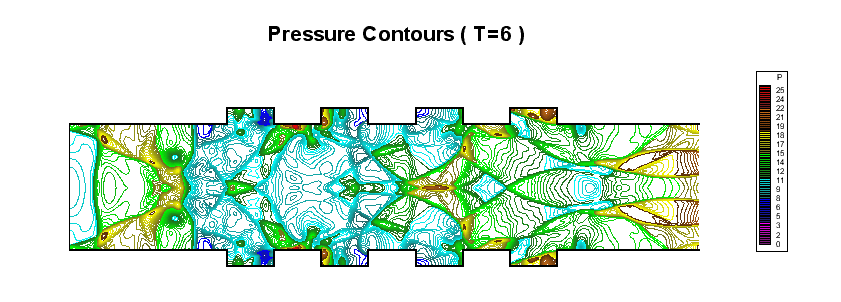
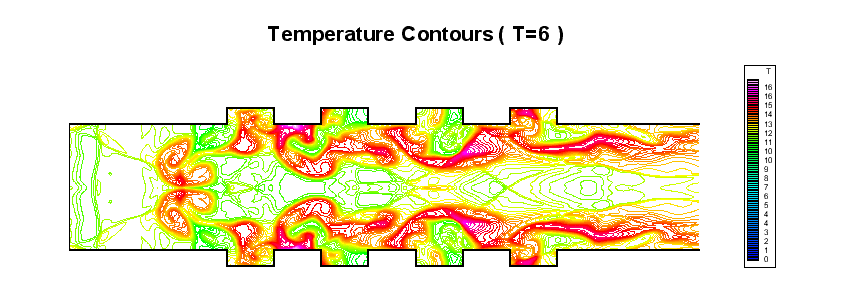

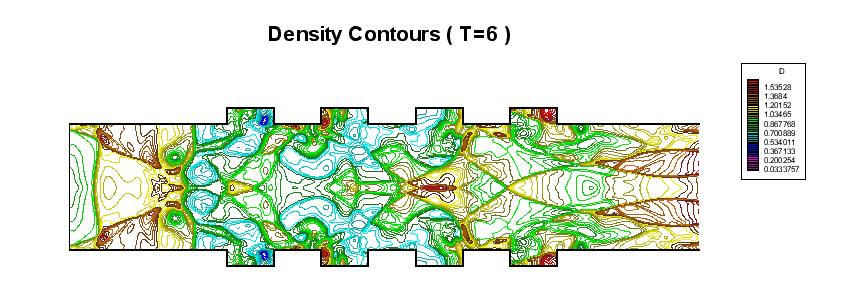
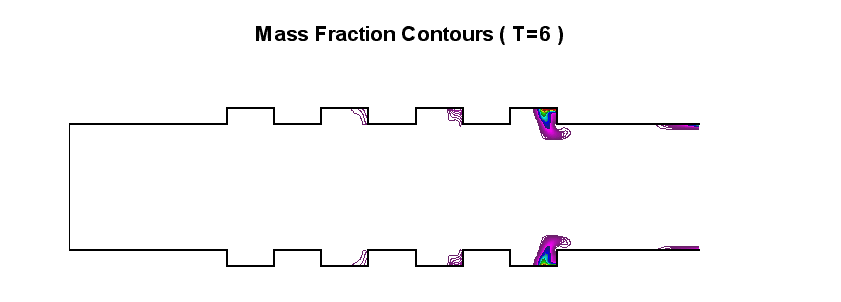
Fig. 1 A propagating detonation in a wavy-wall tube.
Pulse Detonation Engine
(PDE)
Interrelated Links: 2D ZND | 3D ZND
A propagating detonation in a wavy-wall tube:





Fig. 1 A propagating detonation in a wavy-wall tube.
PDE is a new propulsion concept, currently attracts significant attention in research and development due to its envisioned performance improvement over traditional air breathing propulsion devices such as ramjet and turbo jet engines. Refer to Fig. 2 of a PDE cycle. Due to the inherent strong wave motions, it has been difficult to simulate the related fluid dynamics by using traditional CFD techniques, which usually aim at efficient calculations of flows at steady states.
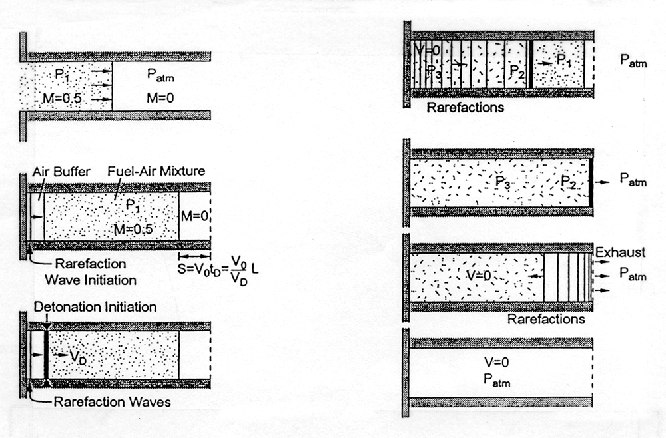
Fig. 2 A PDE cycle.
At Wayne State, we are actively conducting high-fidelity simulations of PDE related unsteady flow fields using the Space-Time Conservation Element and Solution Element Method, or the CE/SE method for short. Detonation wave propagates through wavy tube is of interest. The shock wave is continuously perturbed by the wavy wall. As a result, a shock train is generated in the lee of the leading shock wave, and the flow residence time increases. The shock train would enhance liquid fuel evaporation. The resultant detonation is complex in structure, and slower and weaker. However, liquid fuel would have better chance to burn completely. Thus, the final burned condition could be more powerful than that in a smooth tube. Refer to Fig. 1 for a snapshot of the flow field. Preliminary results of plume dynamics for single tube and three tube PDE are shown here. In the single tube case, undesirable recompression of the combustion tube can be observed. The interacting vortices play a major role in plume dynamics. These results show that a silencer-like device will be needed for PDE operation. In general, aero acoustics aspects of PDE could be a major issue and need to be addressed.
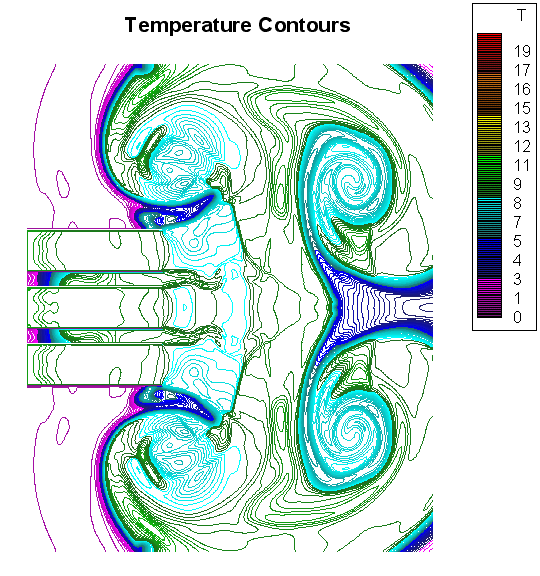
Fig. 3 A snapshot of PDE plume dynamics.
PDE Single Tube: Temperature Contour
PDE Single Tube: Vorticity Contour
PDE Multi-Tube: Temperature Contour
PDE Multi-Tube: Vorticity Contour